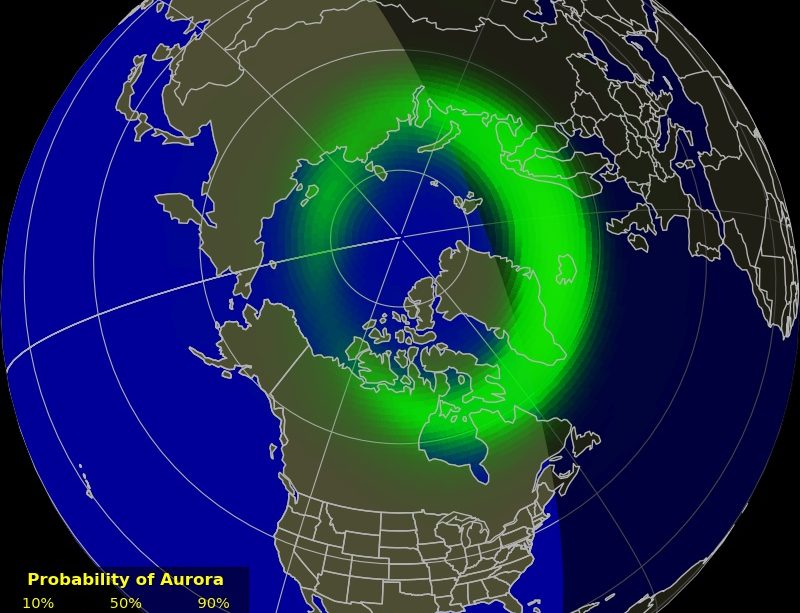Understanding the Aurora Forecast: What’s Happening in 2023

Introduction
The aurora borealis, or northern lights, is a breathtaking natural phenomenon that captivates millions around the world. Its occurrence is largely dependent on solar activity, which can illuminate the night skies with vibrant colors. Recent advancements in space weather forecasting have allowed for more accurate predictions regarding when and where these displays can be seen. For both avid sky-watchers and casual observers, understanding the aurora forecast is crucial for planning viewing opportunities in 2023.
Current Aurora Activity
As of late 2023, solar activity has been relatively high, leading to increased chances of auroras in northern latitudes. The most recent data from NASA’s Solar Dynamics Observatory and NOAA’s Space Weather Prediction Center indicate that recent coronal mass ejections (CMEs) from the sun are significantly enhancing solar wind speeds, which stimulates auroral activity. For example, on November 10, 2023, a strong geomagnetic storm (rated G4 on the NOAA scale) was recorded, making it one of the best times this year for aurora visibility across Canada.
Regional Impact
The strength and visibility of the auroras vary significantly based on geographic location. In Canada, regions such as Yellowknife, Whitehorse, and parts of Nunavut are considered prime spots for viewing. The further north you go, the more likely you are to witness this magnificent display. However, recent forecasts show that during geomagnetic storms, auroras can be visible farther south than usual. For instance, residents in Alberta and even parts of Ontario have reported sightings during heightened solar activity.
Tips for Viewing the Aurora
To maximize your chances of seeing the auroras, consider the following tips:
- Check the Forecast: Utilize websites and apps that provide real-time aurora forecasts, such as the NOAA Space Weather Prediction Center or the Aurorasaurus project.
- Find a Dark Location: Light pollution from urban areas can severely diminish visibility. Traveling to remote locations can enhance your experience.
- Time Your Visit: The best time to view the auroras is typically between 10 PM and 2 AM when activity peaks.
Conclusion
As we move through the next few months in 2023, staying attuned to the aurora forecast can lead to unforgettable experiences for sky-gazers. With the current increase in solar activity, observers should seize the opportunity to witness one of nature’s most stunning phenomena. Remember to check reliable weather and aurora forecasts before heading out, and make your winter nights brighter with the magical dance of the northern lights.





